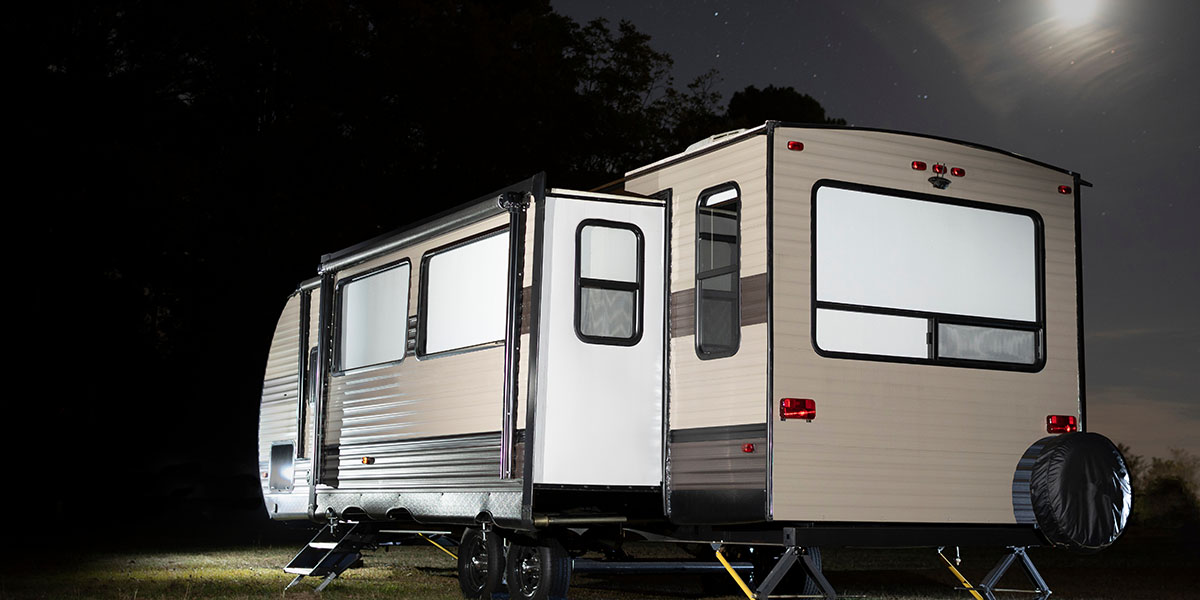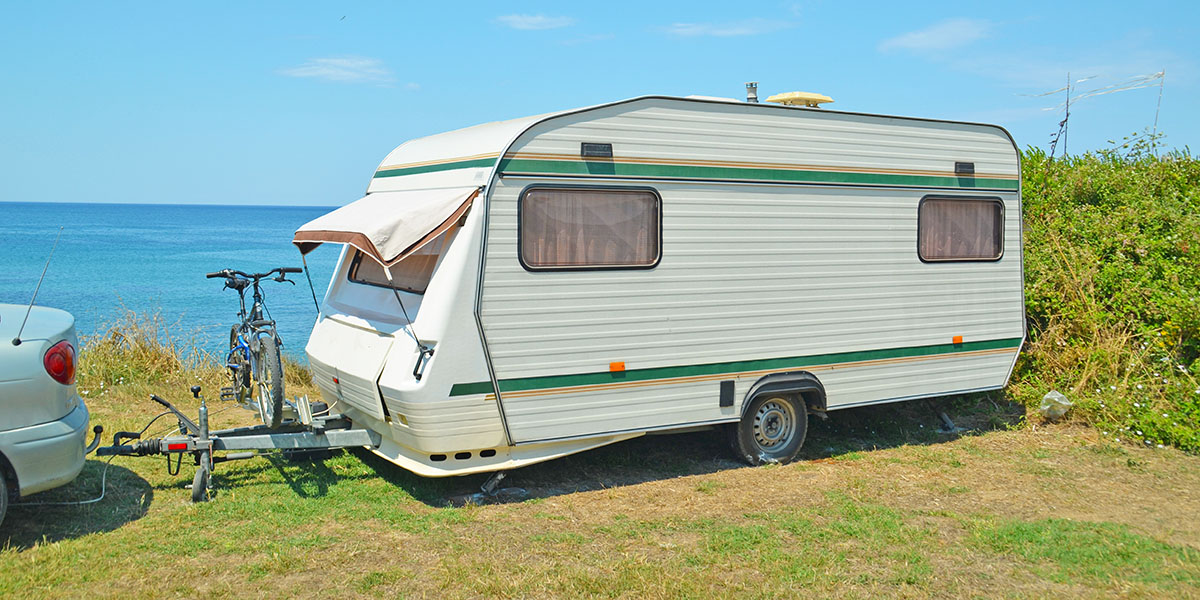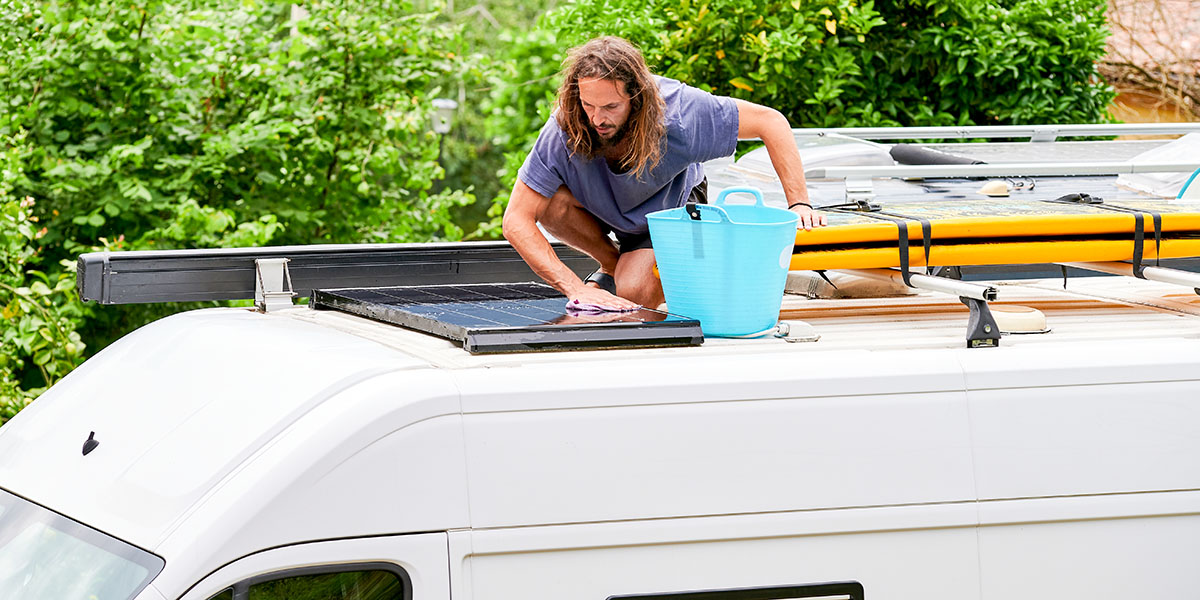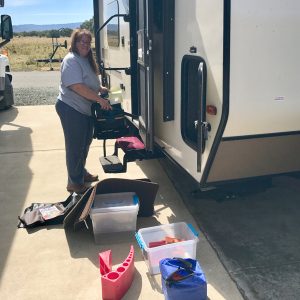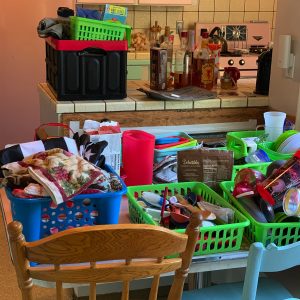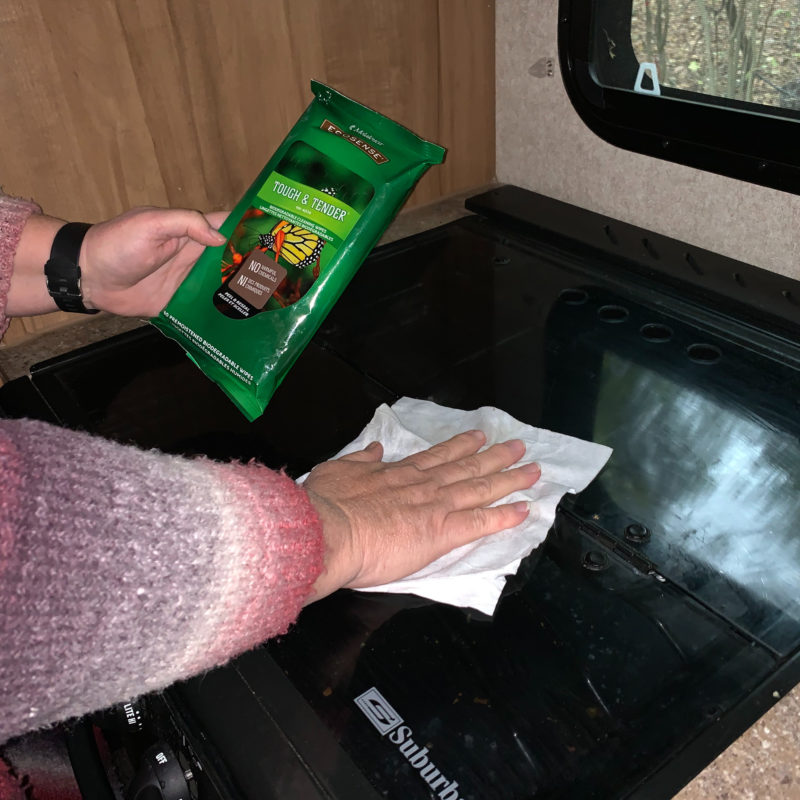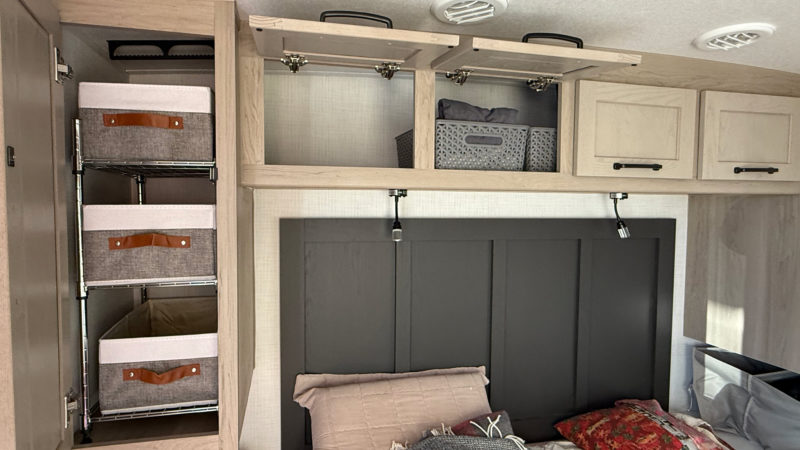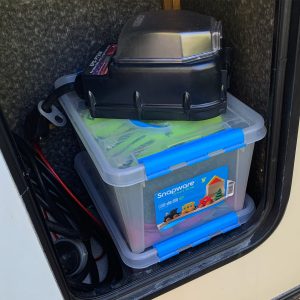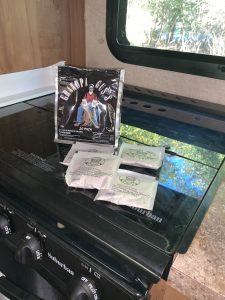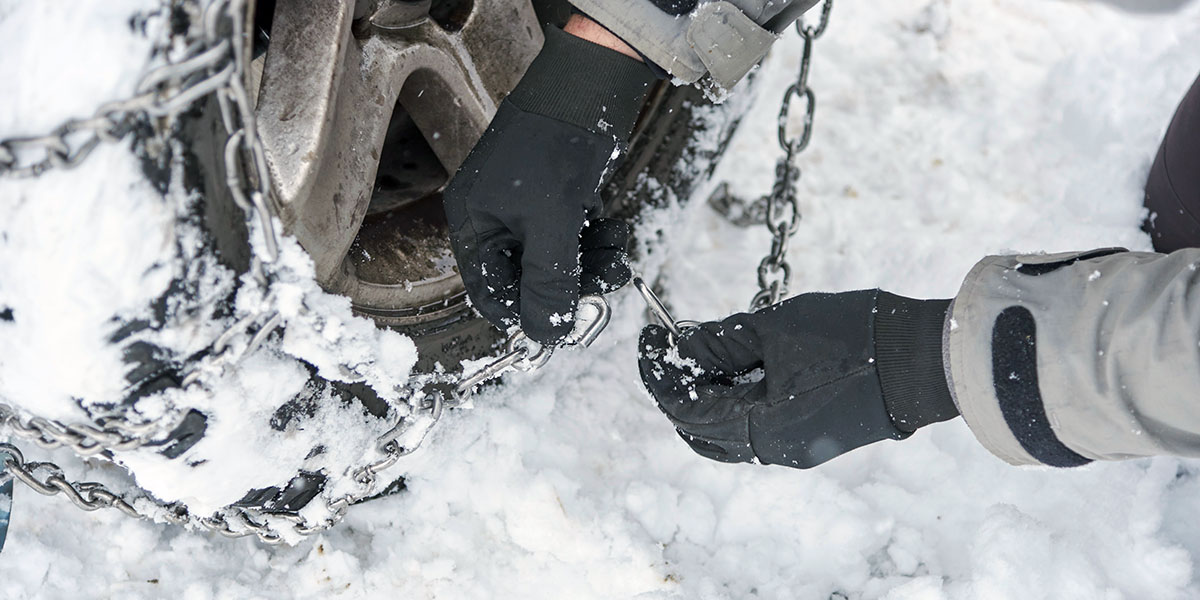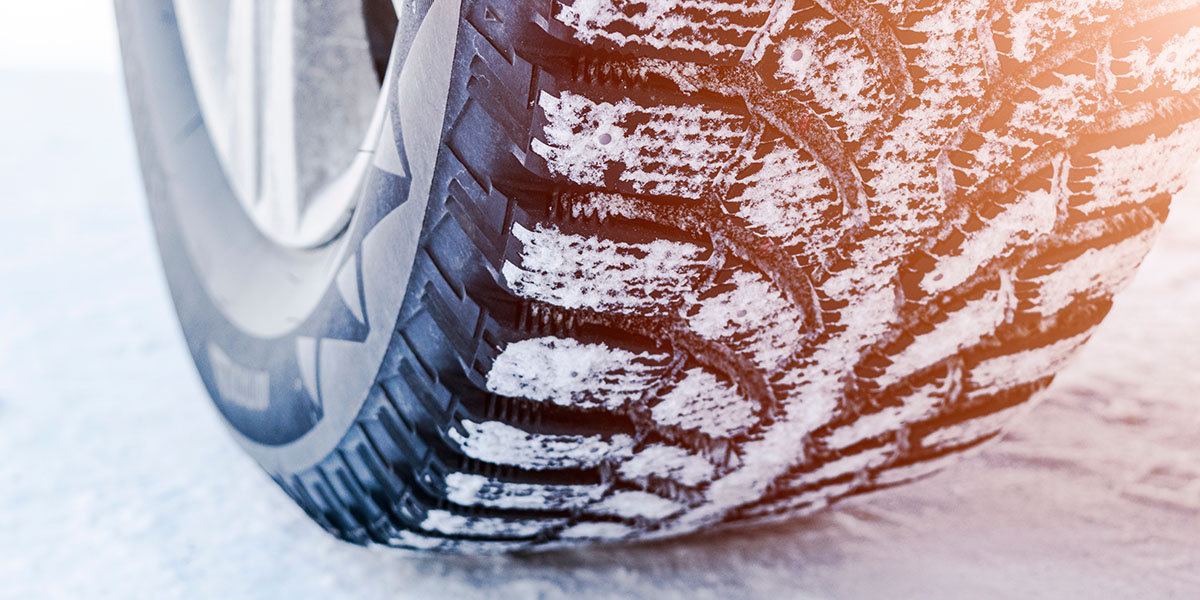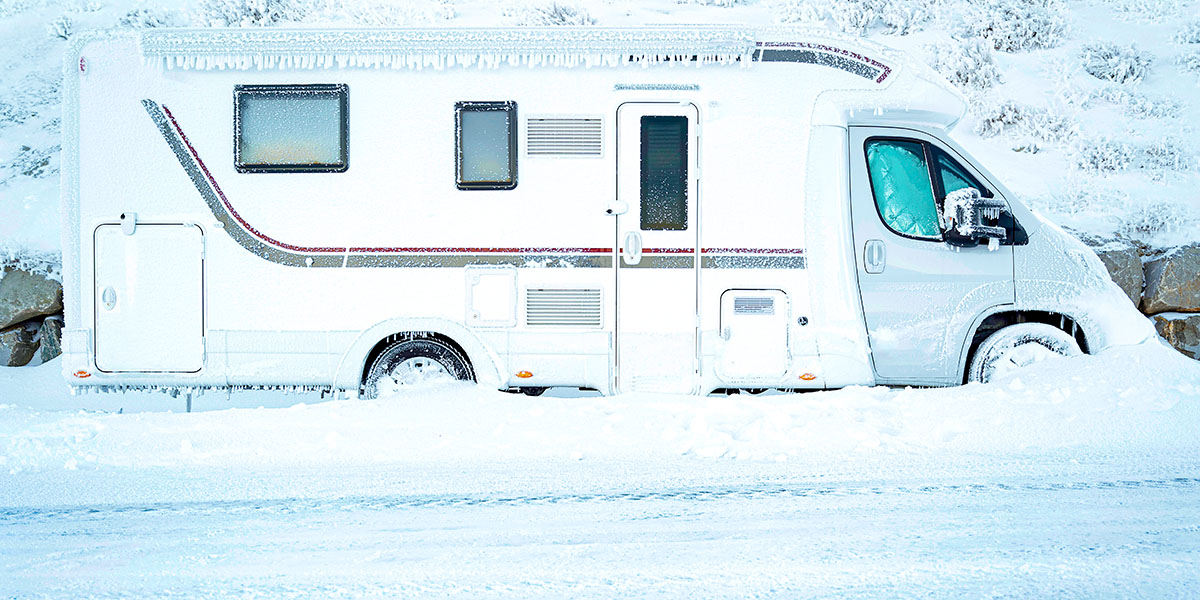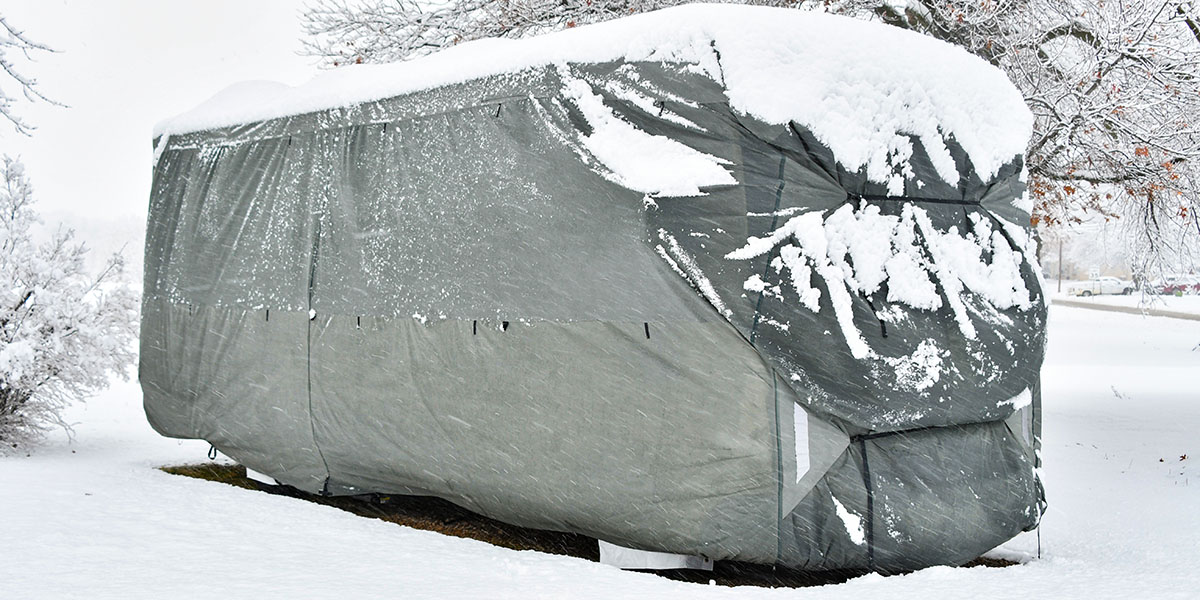Do you remember the time in your life when you caught the bug to get away and experience the great outdoors? Most of us probably started in a ripstop tent then dreamed of a pop-up — the gateway camper for a lot of people. But as our families and love of the outdoors grew, so too our RVs and camper needs became more complex. At the center? Space — that age-old camper conundrum. And for those of us who want all the comforts of home with us, the slide-out system was a big innovation. Interior space in an RV with a slide-out literally expands, but so does our maintenance checklist. Enter RV slide lubrication.
It’s sneaky. You may not have thought about before. But now, if you’re enjoying all that extra space, we need to talk about RV slide lubrication. You know, so your outdoor fun runs smoothly.
Slide-Out Origins: A Tale of Moving Parts
You may be surprised to find out that the first slide-out was made by a San Francisco camper builder. His name was Gustav Bretteville, and he developed it in 1915. It was advertised as an Automobile Telescoping Apartment, which sold for $100 and was designed to sit on the back of a Model T Ford Runabout.
Going back to those origins, it helps us think about the modern-day RV slide-out system. For example, consider that the slide-out is engineered with multiple components. In this “telescoping apartment,” there are motors and actuators. Then racks and rails. And seals and weather protection. And also, pumps, cylinders, flanges, and control systems that all must work in conjunction to extend and retract your RV’s interior space. Those are a lot of moving parts with a lot of friction points. (You see where we’re going with this.)
Using the Right Kind of Lubricant
First, you will want to lubricate your RV slide-outs and components with a silicone-based, slide-out lubricant that is pretty dry. (As opposed to oily.) Then you’ll want to put proper amounts of lubricant on the components of the slide-out. (Look for gears, pulleys, tracks, bearings, chains and or cables.) You will also want to avoid using any type of oil-based lubricants or grease. Those kinds of lubricant attract dust and dirt.
Identifying Your Type of Slide-Out
There are three basic types of slide-out mechanisms, and they all require lubrication. The three types are electric, hydraulic, and tip-out slides.
Electric slides use a motor and a rack-and-pinion or cable system to move the slide-out. The rack-and-pinion could require lubrication at the pivot points as well as where the cable systems slide around pulleys if present.
Hydraulic slide mechanisms utilize a hydraulic pump that extend and retract the slide-out. You’ll see these more often on heavier slides. Due to their stability and strength, they can handle heavier slides with a smoother operation. Some places on these parts could have fittings requiring lubrication.
Tip-out slides are a much simpler mechanism. They use a hinge at the bottom of the slide-out which manually tips the slide-out. These are found more often on earlier model RVs. On these types, the hinges should also be lubricated on a regular basis.
How to Lubricate Different Components
Now let’s talk about the many components that make up the slide-out systems and their required lubrication. First, there are the actuators and motors. These components transfer the motor/pump power into the slide-out movement or hydraulic pumps to drive the slide-out.
Next, lubricate the hardware, such as tracks and rails . Tracks, often made of aluminum, provide stable paths for the slide-out to move in and out while rails are attached to the slide-out and work in conjunction with the tracks to allow smooth movement also requiring lubrication.
The next thing you should check to while you are in the area are the seals and weather protection components and flanges. It is highly recommended that you keep your eye on your seals and use products to condition them regularly to prevent drying and cracking.
Many slide-outs use up to three different types of seals and can be very challenging to find replacements. Seals are vital items on your slide-out since they prevent moisture and debris from entering the RV. The flange is a part of the RV wall that the slide-out seals against, ensuring a weather-tight seal. Here you want to ensure when inspecting your flange that no damage has been caused to them. They should be straight so that they provide even pressure on the seal between the flange and the body of the RV.
What to Inspect on Your Slide-Out
As part of your inspection and to continue your RV slide lubrication and conditioning detail, you will want to look over your control systems. These are comprised of control switches, a wiring harness, pumps and cylinders, racks, framing, and arms. Control switches allow you to extend and retract the slide-out. Your wiring harness connects the control switches to the motors or pumps, and the hydraulic systems (pumps and cylinders) are essential for generating and controlling the hydraulic pressure needed to move the slides.
Racks, framing, and arms provide structural support and ensure proper alignment of the slide-out mechanism and wear pads protect the slide-out tracks and other components from damage. Many of these components should be inspected on a regular basis and serviced by a licensed RV maintenance facility when necessary. You should always refer to your owner’s manual for specifics as to where and when to lubricate any of the subcomponents of these systems.
What to Look for as Your Inspect
Keep an eye out for irregular or uneven slide-out operation, paying particular attention to and listening out for any irregular or improper noises and sounds. Unfortunately, in situations like this, the initial cause can sometimes be attributed to … (you might have guessed it) … lack of RV slide lubrication. If it is all possible, you should employ the use of a friend so that one of you can operate the slide switches on the inside of your RV while your helper can watch and listen to the slide-out you are inspecting.
If you do discover during this part of your inspection that your slide-outs are not operating in tandem or extend or retract off-kilter, you should seek out your nearest authorized dealer or maintenance facility as soon as possible to prevent any larger issues. Lastly, you should consider the protection of your slide-out underbelly by using a corrosion protection product to protect the metal underneath the slide-out.
No-Nos for RV Slide Lubrication
Finally, since we have been discussing RV slide lubrication and all the things you should do to keep your slide-outs operating properly, know this: There are some things that you should remember not to do. As mentioned earlier, stay away from and avoid using any type of oil-based lubricants or grease.
Second, it may sound like common sense, but don’t open slide-outs on nonlevel surfaces. This can put undue stress on the mechanism and potentially cause damage. Also, keep in mind that you don’t want to over-lubricate. Just use sufficient lubricant to cover the needed areas.
A Simple but Important Maintenance Task
In RVing, a simple truth can be both reassuring and scary: The fact is that many items of RV maintenance are up to you. RV slide lubrication is one of those tasks. Just as with your other maintenance tasks, always refer to your owner’s manual for specifics. (Looks something like this, but, you know … for your model.) Also, it is always recommended to employ your local licensed RV dealer for any maintenance above an owner’s level operation.
